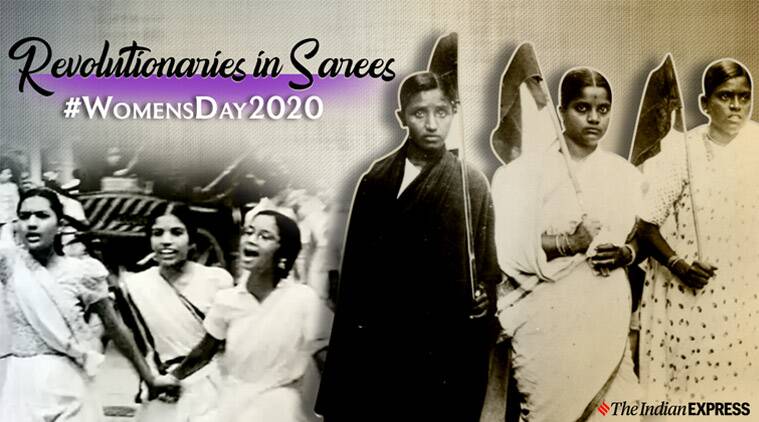
Many revolutionaries like Pritilata Waddedar and Matangani Hazra were wounded in battle and chose to end their lives for the cause of freedom than be captured by the British.
By Neha Banka | Kolkata
In the 1930s, revolutionary groups sprang up across the country, particularly in undivided Bengal, including those led by women. Dacca (now Dhaka), Comilla, Chittagong, and Calcutta were the seats of activity for these women-led groups and they were particularly associated with colleges. Young students were recruited by classmates and alumni, drawn by the cause of the freedom of the nation from British rule. Student associations in educational institutions served as semi-revolutionary groups and collectively trained women in weapons, combat and associated activities. They also served as secure spaces where women could gather to openly discuss issues related to women’s rights, liberation and freedom from British rule.
The history of women’s movements in the Indian subcontinent has an interesting trajectory and scholars have differing views on precisely when they started. There is some consensus, however, among scholars of the subject that the origins of these movements can be traced to the early 19th century where the focus was on social reform and the liberation of women from socio-cultural bondages in the subcontinent. Hence, although collectively women’s movements in India are close to two centuries old, they have consistently changed and altered in form, structure and agendas over the years, to address developing challenges and requirements.
Western liberal values that impacted male social reformers in the Indian subcontinent during the 19th century, percolated to the women living in their social peripheries. Social movements during the British occupation of the subcontinent that led to the outlawing of sati, widow burning, female infanticide, segregation of women, etc. paved the way for some of the earliest social reforms that occurred in the interest of women—for instance, widow-remarriages.
These reforms in turn inspired women to participate in conversations, especially about socio-economic and socio-cultural issues that impacted their everyday lives, with men who had till then, been at the forefront, spearheading these changes. By the late 19th century, women’s participation in the freedom movement began in earnest with their involvement in the Indian National Congress.
The history of women’s movements in India, especially during the freedom struggle is unique in many ways because it served two purposes. One was to contribute to the cause of freedom from British rule, while the other was to impress upon their countrymen and upon the foreign government the urgent need for social, economic, legal and political reform to improve the lives of women in the subcontinent.
While discourse surrounding the freedom struggle has not entirely discounted the role of women, it has certainly not given enough recognition to the women in proportion to their integral roles in the war against the British. The women were not merely passive workers following in the footsteps of celebrated men; they were active revolutionaries, taking up arms, launching underground organizations, publishing anti-British literature, being subjected for years to torture and imprisonment. Many revolutionaries like Pritilata Waddedar and Matangani Hazra were wounded in battle and chose to end their lives for the cause of freedom than be captured by the British. Others like Bina Das and Labanya Prabha Ghosh fought for their nation, only to die in abject poverty, largely forgotten by the very homeland and the people they had liberated from centuries of occupation and oppression.
___________________
Courtesy: Indian Express